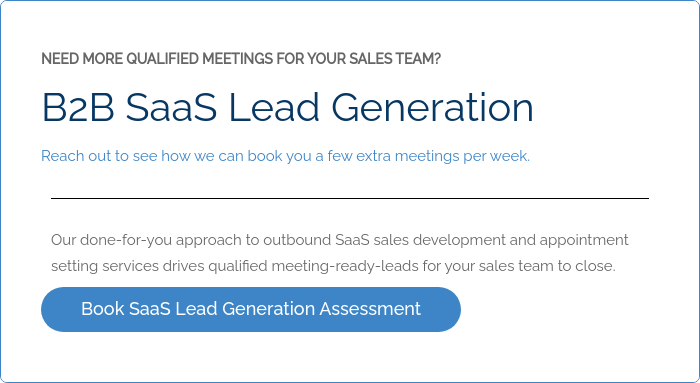This article is the ultimate guide to improving your SaaS pricing models. Learn actionable SaaS pricing strategies and effective SaaS pricing models to increase lead to conversion rates in 2025.
73% of organizations indicated nearly all their apps will be SaaS by 2028 (BetterCloud).
The growth of Software as a Service (SaaS) shows no sign of slowing down. For consumers, it can be challenging to understand the many different pricing models. The reason may be that, in this still rather new industry segment, many companies are still trying to understand SaaS pricing models and strategies.
As opposed to traditional software sales, it is not as simple as finding the right per unit selling price to optimize sales and profits. Instead, there are multiple pricing strategies and, perhaps even more importantly, several guiding strategies behind them.
Short Summary
- Explore various SaaS pricing strategies and models for boosting lead-to-conversion rates in 2020.
- Understandi SaaS pricing and how it differs from traditional software pricing models.
- Examine the top 10 SaaS pricing models, including per user, tiered user, per active user, tiered pricing, flat rate user, usage-based, per storage user, build your own, freemium, and free, ad-supported.
- Look at SaaS pricing strategies: cost-plus, market penetration, skimming, premium, and captive product pricing.
Top 10 SaaS Pricing Models
By choosing the right SaaS pricing model, SaaS vendors can attract new customers and retain them over the long-term. Additionally, alignment in your SaaS marketing strategy and your SaaS pricing models are vital to your customer retention and ensure your sales ready messaging on effective.
The price points within that right pricing model are also critical to customer retention and need to be based on effective pricing strategies that can be modified during the lifecycle of the product.
1. Per User
The SaaS per feature pricing model most similar to traditional software models is the per-user model. As the name of per feature pricing model often suggests, the price is set by the total number of users within the organization using the software. In some cases, discounts are offered when an organization hits a certain threshold of users. The advantages of this type of SaaS per feature pricing model include the simplicity.
Potential customers don’t need to understand multiple pricing options and can simply purchase the number of user accounts required. Disadvantages include the fact that this flat rate pricing model may lead to lower software adoption within an organization since the cost of each additional user needs to be justified.
2. Tiered User
A slight variation of the per-user pricing model is the tiered active user pricing model. This separates the total number of users into groups. There may be one price for one user and another for five, ten, fifty, and up. This tends to have the same advantages and disadvantages as standard per active user pricing, with the additional disadvantage of the fact that there may be some potential customers that don’t fit well into one of the pre-defined groups.
3. Per Active User
A user-based pricing model made popular by Slack is the per active user pricing model. This addresses the lower software adoption problem with the standard per-user pricing model based on. Customers can sign up as many potential users as possible but only pay for the active users.
This is where effective SaaS customer onboarding strategy and implementation is vital when it comes to not just internal adoption, but effectiveness with many users being successful when it comes to implementation and day-to-day usage of your SaaS platform.
4. Tiered User
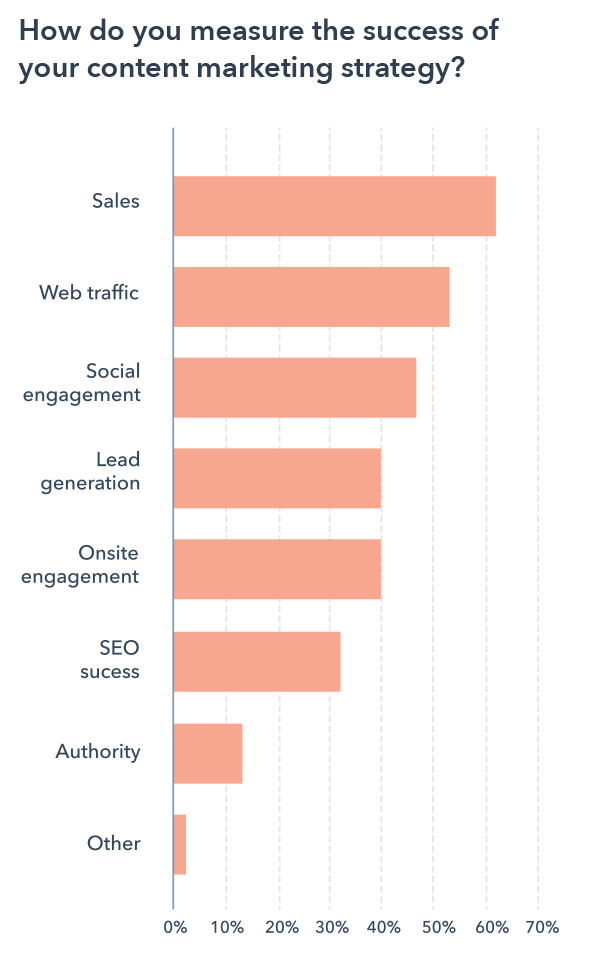
Currently, one of the most popular SaaS pricing models is tiered pricing. As we have already seen with the tiered user model, tiered pricing and popular pricing tiers and models can easily cross over into multiple additional SaaS and pricing tiers and models. The most basic and popular tiered SaaS pricing model offers various packages with different feature sets at different prices.
These different tiers feature pricing are often designed around specific buyer personas, like individual users, small businesses, and enterprise users. The marketing dimension of multiple personas is a substantial advantage for this model, along with a clear path to upsell users as they find they need more features. However, it also has the potential disadvantage of becoming confusing as potential customers struggle to understand what features they will need to get the most out of the product.
5. Flat Rate User
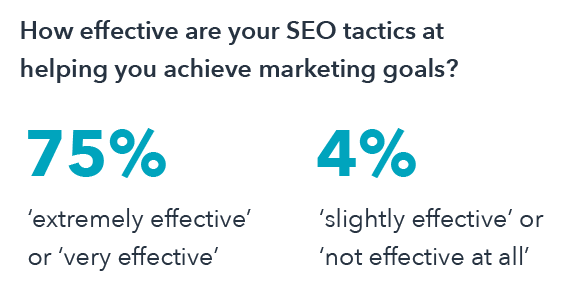
Simple, but not often found among SaaS offerings from saas companies is the flat-rate model. This is the most straightforward and often easiest to sell saas companies’ business model since there is one set of features available to everyone for one set price. There are no additional fees for extra features or additional users.
While that simplicity is a significant advantage when it comes to explaining and selling the product, it can be challenging to set a price that is attractive to smaller businesses while charging enough to not miss out on potential profit from large enterprise users.
6. Usage-Based (Pay as You Go)
Popular with infrastructure products like Amazon’s Web Services but also found in other SaaS products, this flat rate pricing model bases the price on the amount of usage during a set period. This flat rate pricing model provides a flat rate pricing with clear advantage for attracting customers with fluctuating usage needs and those with limited needs and expected growth.
However, this model has disadvantages for both customers and the provider. Since usage, and therefore billing, can fluctuate, customers are left unsure of what their monthly cost will be, and providers are left with uncertainty regarding revenue.
7. Per Storage User
Somewhat of a combination of the tiered pricing and usage-based pricing is the per storage model. This is popular, especially with cloud storage SaaS providers like Google and Dropbox (which will also be mentioned later in the “Freemium” model.)
38% of SaaS companies said they do not offer any free trials or ‘freemium’ for their product or service (Totango).
Instead of billing for actual use as in the usage-based model, customers can select from storage tiers. This can be an excellent way for the SaaS to grow with the same customer base as storage needs increase. However, it does include the risk of excluding customers who don’t fit cleanly into one of the storage tiers.
8. Build Your Own
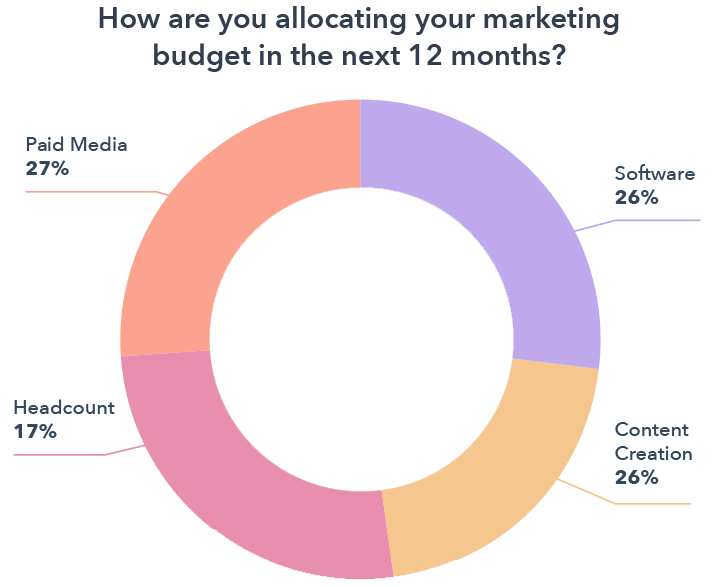
While the flat rate right pricing model is not as popular among how customers pay for SaaS offerings, the build your own model is an interesting hybrid approach to pricing. The pricing model starts with a base price for the core package and then allows customers to pick and choose from additional options to create a package that fills their needs and price point.
This has the advantage of several pricing options and pricing packages offering flexibility to attract multiple customer profiles. However, it does make the decision making and purchasing process much more confusing for the customer.
9. Freemium
Almost everyone is familiar with the Freemium pricing model thanks to well-known examples like Evernote, Slack, and Dropbox. In fact, many SaaS products combine the same freemium pricing model with additional pricing models. Companies may offer a free but limited version of their software. This is usually a fully-functional product, unlike a free trial.
Users are then provided additional features, users, storage, or usage at an additional cost. This is a great way to get new customers on-boarded and using the product. This freemium approach gives them a chance to really test out the product.
In some cases, with no start-up costs, individual users will begin adopting the software under the free plan to the point that their company becomes interested in paid enterprise use. The disadvantage of this model is that it can harm revenue, especially if too many users are satisfied with the free version and see no need to upgrade.
10. Free, Ad-Supported
One last model that is usually also a hybrid of sorts is the free, ad-supported pricing model. Users are invited to use the product for free in exchange for seeing ads within the software. In most cases, the customers feel they can remove those ads by purchasing a package.
This is often part of a tiered pricing model with the ad-supported version being the lowest tier. This can be an excellent solution for SaaS companies that would like to offer a free option while still having a source of revenue from those accounts.
Top 5 SaaS Pricing Strategies
Finding an appropriate pricing model is only one part of getting a SaaS product to market. Once a right pricing model is found that has a chance to bring in the highest revenue, an effective pricing strategy must be developed to set the appropriate price points. Whether charging per user, a per feature pricing,, storage, or some combination, a few price points must be determined that will draw the maximum number of customers while creating the appropriate level of revenue. Churn is a critical component of effective SaaS pricing model to take into consideration.
The median churn rate average revenue for SaaS organizations reported in the 2018 KBCM survey was 13.2% (KBCM Technology Group).
The correct SaaS pricing page strategy needs to be based on the long and short-term goals of the company. Whether looking for rapid penetration and adoption, slow and steady growth, or a reputation as a premium product, adopting the correct pricing page strategy is essential. Additionally the SaaS pricing page design is significant when it comes to conversion rate optimization.
Ideally, your sales and marketing teams should continually be a/b testing various components of your SaaS or SaaS pricing strategy and page design, ranging from amount of text or conversion form fields used. Finally, the SaaS pricing page and strategy must take into account the actual fixed and variable costs of the product, the desired profit margin, and competitive forces in the market.
The right pricing strategy, paired with the optimal pricing model offers the most significant opportunity to hit sales, profit, and growth goals upfront, and in the future.
1. Cost-Plus Pricing

The most obvious pricing strategy which may be especially attractive to accountants is the cost-plus pricing strategy. It is as simple as adding up the fixed and variable costs of the product, including development and design costs, adding an appropriate profit margin and then setting a price per user, per feature, per gigabyte, or whatever is necessary based on the pricing model.
This SaaS pricing strategy has a clear advantage in terms of simplicity. It is also extremely easy to explain to stakeholders. However, it ignores many other aspects of pricing strategy, such as perceived value to customers, the pricing of competitive solutions, and any appropriate market research.
2. Market Penetration Pricing
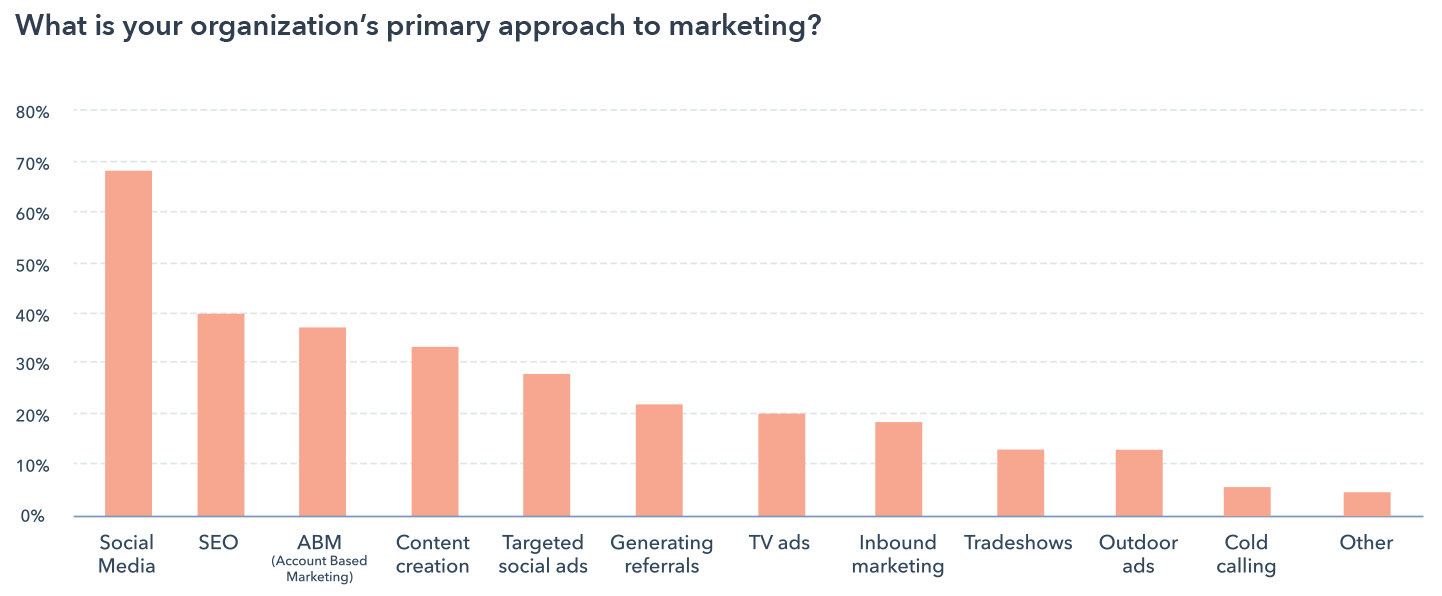
On the other end of the spectrum from cost-plus is penetration pricing. This type of pricing strategy basically ignores the costs associated with the product and selects a price point designed to get the SaaS product swiftly into the hands of as many of target audience and market users as possible as quickly as possible.
Initial prices may allow for little to no profit or may even be considered a loss to attract as many users as possible. Profits are achieved later as the product grows in popularity. At that point, prices can be increased as the company adopts another pricing strategy.
3. Skimming Pricing
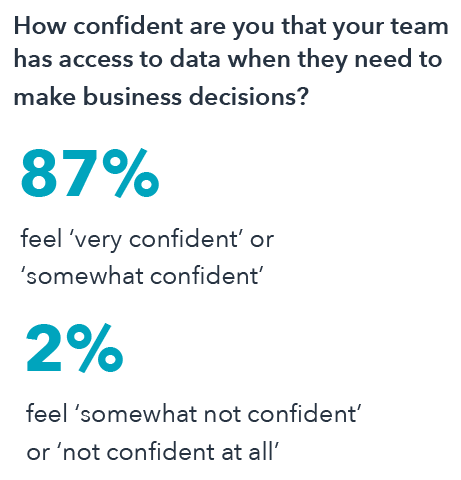
Skimming pricing is, in many ways, the opposite approach to market penetration. In this strategy, the price for the new SaaS offering is set intentionally high. This is based on the premise that demand saas product decreases the more price increases the longer the saas product is available. The price is slowly lowered, making customer acquisition cost of the SaaS more attractive to different market segments over time.
This can be an excellent way to squeeze the most significant revenue from the lifecycle of a product. However, it does assume a relatively short product lifecycle. It may be more effective with SaaS offerings that will be replaced at some point by new and better offerings so that the value proposition of lifecycle pricing can be repeated.
4. Premium Pricing
Another pricing strategy that may largely ignore the costs associated with creating and maintaining a product is premium pricing. This usage based pricing, is also referred to as prestige pricing and is based on the idea that higher prices may convey a sense of higher quality.
There are always some customers who want to have the very best products that may only be available with organizations that have the means to afford them. This may lead to a smaller, yet more loyal customer base, with revenue being made up by the higher pricing.
Premium pricing can also be used as a feature in tier-based pricing models by offering a “premium tier” with exclusive benefits only available to those willing to pay a premium price.
5. Captive Product Pricing
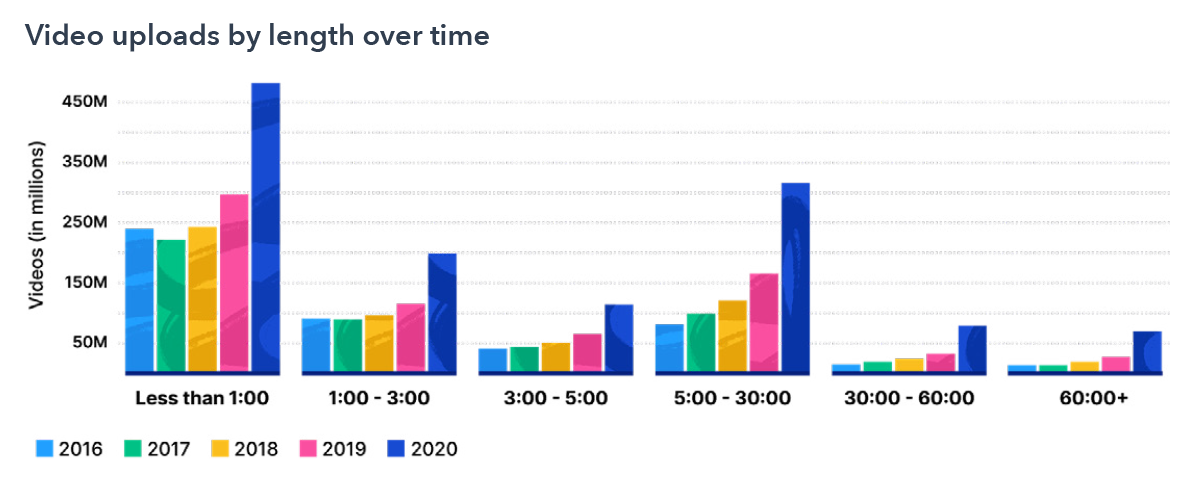
One of the more complex pricing strategies is captive product usage based pricing one. In this usage based pricing strategy, the SaaS provider offers its primary or “core” product and a highly attractive price, similar to that of a market penetration pricing strategy.
While there may be little to no profit in the initial cost, revenue is increased by charging extra for the additional features or services needed to make the product work to its full potential. The term “captive” comes from the idea of getting the users hooked on the service before unveiling the additional costs.
All Models and Strategies Are Hybrids
You may have already noticed that most SaaS pricing models and SaaS pricing strategies fail to fit neatly into one category. If you haven’t noticed, you will as you explore the many pricing models of the multitude of SaaS offerings on the market.
The value based pricing or models are usually quite apparent, the value based pricing or strategies behind them may be harder to determine. But no matter the most value based pricing model or strategy, it is more than likely a hybrid of two or more different options listed here. None of these descriptions are designed to box in the possibilities of value based pricing for SaaS offerings.
They are simply a tool to help SaaS businesses determine the best product bundle name saas pricing strategy, for their products. After all, it doesn’t matter much the name of your product bundle pricing strategy saas business name or model. This is where partnering with a niche SaaS marketing agency will ensure you are working with SaaS growth hackers, for copywriting, design, development, SEO and conversion rate optimization.
They should focus solely on:
-
SaaS companies scale
-
SaaS customer acquisition
-
SaaS client engagement
What matters is that companies are offering SaaS at prices that consumers will pay and that offers/generates the appropriate profit for the provider. Spending time reviewing the possibilities in light of market research and the unique SaaS value propositions of the SaaS offering can lead to a significant increase in sales and revenue over the lifetime of the product.
Frequently Asked Questions
What is SaaS pricing?
SaaS pricing refers to the strategy and pricing structure businesses use to determine the cost of their Software as a Service (SaaS) offerings for customers.
How does SaaS pricing differ from traditional software pricing?
SaaS pricing typically involves subscription-based models, where customers pay a recurring fee, while traditional software often involves one-time purchases or licensing fees.
What are common SaaS pricing models?
Common SaaS pricing models include per user, tiered pricing, usage-based pricing, freemium, and more, each tailored to meet different customer needs.
What factors should businesses consider when choosing a SaaS pricing model?
Businesses should consider their target market, customer segments, value proposition, competitors’ pricing, and revenue goals when selecting a SaaS pricing model.
What are effective SaaS pricing strategies?
Effective SaaS pricing strategies include cost-plus pricing, market penetration pricing, skimming pricing, premium pricing, and captive product pricing, among others.
How can SaaS pricing impact a company’s revenue and growth?
Proper SaaS pricing can significantly impact revenue and growth by attracting customers, retaining them, and ensuring that the pricing structure aligns with the company’s financial goals.

